A LEGEND IS BORN
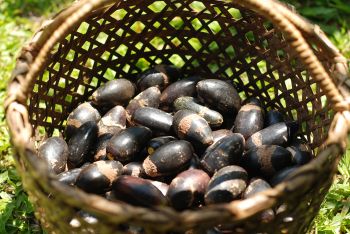
He also called the land Pinili (“The Chosen One”). Pili had a lover named Pinas, with whom he lived a happy life until the arrival of foreign invaders. Being a brave soldier, every day he and his army fought relentlessly against the invaders, remaining unbeaten for a long time due to his mastery of the native long sword, or “tabak”, with the hard wooden shield called “panangga.”
They were successful for some time, until the inevitable day when massive ships arrived armed with canon. These lethal balls destroyed Pili’s defense lines, driving the freedom fighters into the hills.
The foreign invaders outfought the locals with their advanced technology, guns and swords, but Pili held his ground despite being highly outnumbered and with a wounded army to support him.
The legend goes that he looked up to the sky, with his sword in one hand and shield in the other, and whispered a prayer to their god Bathala. At once Bathala answered Pili’s prayer by proclaiming, “This is my chosen land in the far east!” He stomped down with his great foot to create cracks in the land which swallowed the invaders. The cracks then spread to divide the land into several islands in the form of a warrior positioned in a fighting stance. The Visayas form Pili’s shield while Palawan makes his sword. With Pili and Pinas both mysteriously disappearing during this event, the newly formed land was called Pilipinas, or the Philippines.
SOME HISTORY
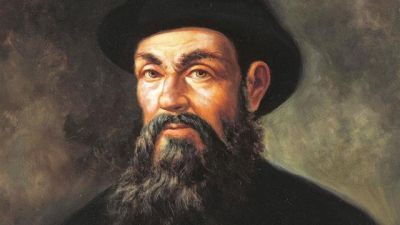
Prior to the arrival of the Spanish colonialists in 1521, the area was populated by Negritos during prehistoric times, followed by waves of Austronesians [Of, relating to, or constituting a family of languages spoken in the area extending from Madagascar eastward through the Malay Peninsula and Archipelago to Hawaii and Easter Island and including practically all the native languages of the Pacific islands with the exception of the Australian and Papuan languages.]. The oldest remains of Homo Sapiens were dated at 22,000 to 24,000 years, found in the Tabon Cave complex and earmarked the Cradle of Philippines Civilization.
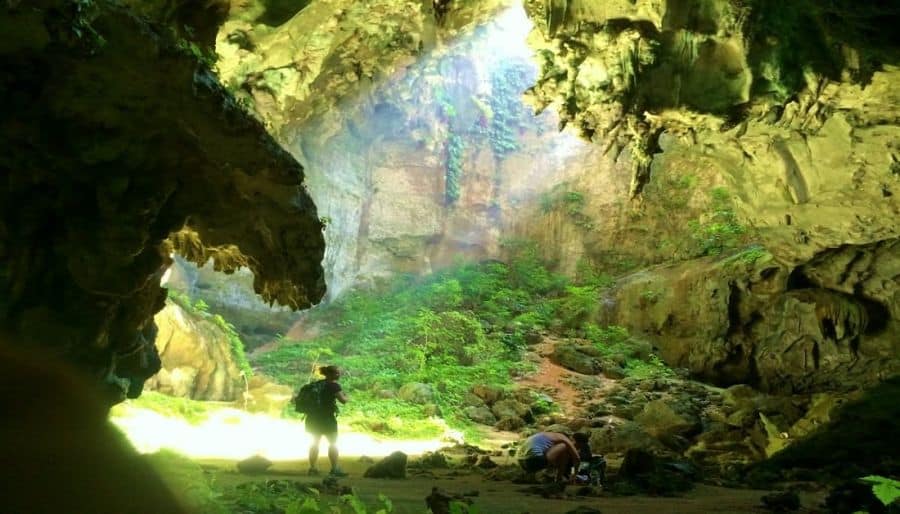
Over time, trade developed with the Chinese, Malay and Indians, and various nations were established under the rule of Datus, Rajahs, Sultans or Lakans.
The 1300s then saw the arrival and spread of Islam throughout the island, but this would eventually be superseded by another religion when Spanish explorer Miguel López de Legazpi arrived from Mexico in 1565 and formed the first Hispanic settlements in Cebu. He formed a coalition with Visayan allies and marched with his soldiers onto Manila, which became the capital of the Spanish East Indies in 1571.
Spanish rule contributed greatly to bringing together the many fragmented states among the islands, the Spaniards introducing free public schools in 1863, while a mass public educational system came to full fruition under American control later.
In 1898, the Spanish–American War began in Cuba and reached the Philippines, which was ceded by Spain for a sum of 20 million US dollars according to the terms of the 1898 Treaty of Paris. At that time the Philippine Revolution brought about the First Philippine Republic, but the U.S. did not want to recognize it, resulting in the Philippine–American War. American suppression notoriously brutal, with tens of thousands of Filipinos killed in American scorched earth campaigns.
With the exception of a short period of Japanese occupation, the United States maintain rule over the land until 1945, with the end of World War II, when the Philippines was recognized as an independent nation. Since then, the country has often struggled with democracy.
Such as in 1965, when Ferdinand Marcos came to power, it did not take long before he was accused of massive corruption, such as embezzling billions of dollars in public funds. Much of the country suffered in poverty while his wife displayed lavish luxury (interesting details below). Eventually the people revolted, only to be squashed down by Martial Law in September of 1972, a period characterized by political repression, censorship, and human rights violations.
In August of 1983, Marcos’ chief rival, opposition leader Benigno Aquino, Jr., was assassinated at Manila International Airport. Marcos called for snap presidential elections in 1986 against Aquino’s widow, Corazón. Although Marcos was proclaimed the winner, the results were considered fraudulent, leading to the People Power Revolution. Marcos and his allies fled to Hawaii and Corazón Aquino was recognized as president.
Now, although the country is a net importer, it is a creditor nation.
Although the daily income for 45% of the population of the Philippines remains less than $2, these statistics can be somewhat misleading, because if you live on a paradise beach island and get your food from the surrounding sea and trees, what do you need currency for? In 2010 a full 10.4% of the economy was supported by money transfers from Filipinos working abroad, 12 of the country’s 100 million population living elsewhere and making it the world’s largest disporas [the scattering of people from their original country to other places].
The travel and tourism sector is also a major contributor to the economy, making up 7.1% of GDP and 3.2 percent of total employment. This share has been increasing steadily over the years as more and more people discover the archipelago of paradise beach islands, a non-judgmental, accepting and genuinely hospitable culture, clean environment, rich and diverse nature, and affordable tourism.
The most famous destination is the white sand beaches of Boracay, named as the best island in the world by Travel + Leisure in 2012, but with more than 7,000 islands still to explore, the potential has only begun to be tapped.
Another major destination is Palawan with the tourist hotspots of El Nido and Coron and private custom boat tours between them.
Total earnings from inbound tourism in 2014 amounted to US$4.84 billion, 10% more than the previous year’s US$4.40 billion.
Earnings from visitor nations was the most from the Koreans, at Php 61.02 billion, or 33% of all inbound receipts. The United States followed with Php 41.43 billion, or a 22% share, followed by Australia (Php 13.94 billion) and Japan (Php 10.68 billion). Canada with Php 8.48 Billion ranked 5th, outranking China which recorded the sixth biggest source of tourist revenue in 2013.
In terms of actual visitor numbers, Korea led the pack with 1,175,472 guests for 24.32% of the total, up by 0.83% from its arrivals of 1,165,789 in 2013. The United States remained second with 722,750 arrivals for 14.95% of the total, while Japan ranked third with 463,744 visitors, constituting 9.59% of the total visitor volume. Arrivals from China declined by 7.37% from 426,352 in 2013 to 394,951 during the year. However this does not dislodged China as fourth biggest source market with a share of 8.17%.
GAMBLING
The country’s gambling regulatory authority, the Philippine Amusement and Gaming Corporation (PAGCOR) is a government-owned organization that controls the country’s gambling operations and Casino Filipino is its main brand for land-based casinos. However, not only the typical casino games are popular to play. Bingo is very popular as well as lottery and sports betting. At the same time, three forms of gambling have been completely banned in the Philippines – Masiao, Last Two, and Jueteng. |
NATURE
Its location on the Pacific Ring of Fire and close to the equator makes the Philippines prone to earthquakes and typhoons, but also endows it with abundant natural resources and some of the world’s greatest biodiversity. It is one of the ten most biologically megadiverse countries and is at or near the top in terms of biodiversity per unit area. Around 1,100 land vertebrate species can be found in the Philippines, including more than 100 mammal species and 170 bird species not thought to exist elsewhere. It also enjoys some of the highest rates of discovery in the world, with sixteen new species of mammals discovered in the last ten years. Because of this, the rate of endemism [The ecological state of a species being unique to a defined geographic location, such as an island, nation, country or other defined zone, or habitat type; organisms that are indigenous to a place are not endemic to it if they are also found elsewhere.] for the Philippines has risen and likely will continue to rise.
For eagle lovers, the Philippine eagle is said to be the world’s largest.
The Philippine tarsier (Tarsius syrichta), one of the smallest primates. [The Philippine tarsier (Carlito syrichta), known locally as mawmag in Cebuano/Visayan and mamag in Luzon, is a species of tarsier endemic to the Philippines. It is found in the southeastern part of the archipelago, particularly on the islands of Bohol, Samar, Leyte and Mindanao. It is a member of the approximately 45-million-year-old family Tarsiidae, whose name is derived from its elongated “tarsus” or ankle bone. In fact it is one of the smallest known primates, no larger than an adult man’s hand.]
The waters surrounding the various Philippine islands consume as much as 2,200,000 square kilometers (849,425 sq mi), producing unique and diverse marine life, an important part of the Coral Triangle. The total number of corals and marine fish species is estimated at 500 and 2,400 respectively, but these figures continue to grow as new discoveries are made. The Tubbataha Reef in the Sulu Sea was declared a World Heritage Site in 1993 and the country boasts some of the best diving refuges in the world.
GEOGRAPHY
The 7,107 islands of the Philippines make up a total land area (including inland bodies of water) of about 300,000 square kilometers (115,831 sq mi). Its 36,289 kilometers (22,549 mi) of coastline makes it the country with the 5th longest coastline.
Most of the mountainous islands are covered in tropical rainforest and volcanic in origin.
Because of its volcanic nature, the country is rich in mineral deposits, the Philippines estimated to have the second-largest gold deposits after South Africa and one of the largest copper deposits.
However, a high population density and environmental consciousness of locals, attributed to the nature-revering religion of their roots, have kept most of these mineral resources in the ground.
Volcanic activity has also enabled the tapping of geothermal energy, the Philippines the second-biggest geothermal producer behind the United States, with 18% of the country’s electricity needs met in this manner.
POPULATION
The population of the Philippines increased from 1990 to 2008 by approximately 28 million, a 45% growth in that time frame. The first official census in the Philippines was carried out in 1877 and recorded a population of 5,567,685.
According to the official count the population of the Philippines hit 100 million at the time of midnight on July 27, 2014, making it the 12th country to reach this number.
Filipinos generally belong to several Asian ethnic groups classified linguistically as part of the Austronesian or Malayo-Polynesian speaking people.

LANGUAGES
The Philippines is rich with 175 languages, 171 of them living, while 4 are no longer being used. Most native languages are part of the Philippine branch of the Malayo-Polynesian languages, which is itself a branch of the Austronesian language family. The only non-Austronesian language indigenous to the Philippines is Chavacano, a Spanish-based creole.
Then there are nineteen regional languages which act as auxiliary official languages, while Tagalog and English are mostly only used in urban areas, the two official languages of the country.
RELIGION
With 300 years of Spanish rule and Roman Catholic indoctrination, followed by dominance of a Christian America, more than 90% of the country is professed Christian, the highest percentage in the world. In 2011, it was estimated that 75.5 million Filipinos, or roughly 80% of the population, profess Catholicism. Of the roughly 76 million Catholics, 37 per cent regularly hear mass, and 29 per cent consider themselves very religious. According to National Commission on Muslim Filipinos (NCMF), as of 2012 Muslims comprised 11% of the population.
Buddhism is practiced by 1% of the population, and as of 2010, together with Taoism and Chinese folk religion, it was dominant in Chinese communities. Chinese Filipinos are one of the largest overseas Chinese communities in Southeast Asia. Sangleys—Filipinos with at least some Chinese ancestry—comprise 18-27% of the Philippine population. There are roughly 1.5 million Filipinos with pure Chinese ancestry, or just 1.6% of the population.
In the 13th and 14th centuries, radicals in the Catholic Church popularised the act of Penitensya, or Penance, derived from the Old French and Latin word “Poenitentia”, derived from the same root meaning repentance, or the desire to be forgiven.
Flagellation (penitensya in Filipino) is an extreme act of mortification in which the penitent scourges himself by whipping his own flesh.
It remained popular in the Philippines, perhaps taken to a new level, where flagellants – hooded, half-naked men under the unforgiving summer sun – first cut their backs with a blade or knife, then begin whipping their backs with bamboo-tipped burillos or with whips embedded with thorns and glass shards as the blood flows out of their wounds.
Another disturbing practice is to use a razor blade or small wooden plank embedded with glass shards to prick the skin of the back and initiate bleeding before the flogging begins.
It can be even more intense in the provinces of Pampanga and Rizal, where true devotees publicly lash themselves with nails and let themselves be crucified in public, to show the world their penance and resentment towards a sinful life. They do this as part of their panata, or vow to God as a way of thanking Him for the countless blessings He has given.
Although condemned by the Catholic church and frowned upon in the modern age, hundreds of Filipino faithfuls still practice the bloody act to this day, it becoming a part of Philippine culture and tradition in Asia’s largest predominantly Roman Catholic nation.
Another issue with the faithful is their allegiance to the Catholic Church’s command not to use contraceptives. This has led to rapid population growth, contributing to poverty. Any politician suggesting otherwise may be committing political suicide and the church is very firmly entrenched in politics.
One parish in Manila got robbed of two days worth of alms contributed by its devotees, reporting a loss of 2 million pesos to the church. This means that this parish receives about 1 million pesos a day, tax free, and most likely sent to the private state (country within a country) of the Vatican. Since there are about 12 such parishes in the Philippines, one can imagine how much expatriation has taken place of the Catholic Church’s 100 year history in the country.

THE EXTRAVAGANCE OF EMILDA MARCOS
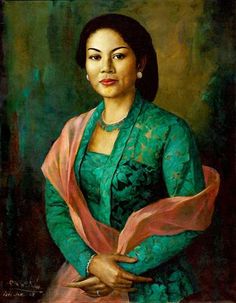
Herself a beauty queen, she grew up in modest surroundings, her family barely making ends meet. But that all changed when she met Ferdinand, who was quickly climbing up the political ranks.
Eventually he became president and ruled the country for 21 years, the latter of which were under a strict and abusive dictatorship.
During that time it is said that the duo managed to bleed the government coffers of between 5 and 10 billion dollars (at least according to a study in 2004 by the Global Transparency Report), purchasing a number of properties in Manhattan in the 1980s, including the US$51-million Crown Building, the Woolworth Building in 40 Wall Street, and the US$60-million Herald Centre. But she declined to purchase the Empire State Building for $750m, citing it as “too ostentatious.”
She had a feverish lust for shopping and would go on sprees around the world, sometime spending as much as $5 million on clothes she didn’t bother trying on first. In one incident she convinced Bloomingdale’s in New York to shut down temporarily so that she could saunter through with her entourage of friends, pointing with her fingers and proclaiming, “Mine. Mine. Mine. Mine.”
While she shopped her way around the globe, she managed to make a few important friends along the way, such as Richard Nixon, Muammar Gaddafi, Saddam Hussein, Fidel Castro, and Joseph Tito. At one point she sent a plane to pick up Australian white sand for a beach resort.
She has said: “I was born ostentatious. They will list my name in the dictionary someday. They will use Imeldific to mean ostentatious extravagance.” In December, 1975, Cosmopolitan magazine named Imelda Marcos, the First Lady of the Phillippines, as one of the ten richest women in the world. It even went a step further and speculated that Imelda was perhaps the richest woman in the world, richer than Queen Elizabeth II of Great Britain, who she tried to upstage once at a major international gathering.
One of her flamboyant dreams was to make Manila a world film capital rivaling Cannes. She spent $25 million to building the Manila Film Center to host an international film festival. Opening night was set for January 18, 1982. The project was grandiose and expensive; the building on Manila Bay was designed to look like the Parthenon in Greece.
The project was plagued with various delays, so to get on schedule 4,000 workers were hired, working in 3 shifts for nonstop progress. But on November 17 another calamity afflicted her prized project, the upper scaffolding collapsing and sending the laborers falling into the wet cement. Some failed to make it that far and were impaled on upright steel bars.
Imelda was informed of the catastrophe and instructed that it will cause significant delays to fish out the bodies. But her precious deadline was more important and she ordered that as many as 169 remain buried and construction to continue. Her husband being a dictator by this time made it fairly easy to block out the tragic news from the press. On opening night, with such extravagant guests as Brooke Shields, few were aware that they were actually celebrating above a fresh grave.
Cost overruns plagued the festival further, and with not enough revenues, she was forced to show porno films in its second, and understandably last, year.
Then of course there is the incidence in July of 1966 when the Beatles were playing in town. While still in Japan, Emilda sent an invitation for them to join her for lunch on their arrival. She had arranged an extravagant affair with 200 children at the tables. But when a general and colonel in the army went to pick them up at their hotel, their manager declined, saying the band just arrived from an exhausting tour in Japan and needed to sleep, since they were playing at two shows on that very day. The band had no idea about the invitation.
Emilda was furious and started a smear campaign in the media that she had been shunned by them. The people were furious, and the band barely escaped with their lives amid punches and spitting in their face. Before their plane would be allowed to depart, the manager was forced to return the entire proceeds from the two concerts to 80,000 fans they had just played for. The band vowed never again to play before a crowd of screaming 13 year olds, but their manager stressed they should play one last concert in New York, otherwise they’d lose a million dollars. They did so and it was the last time they played together.

But enough was enough and after 21 years of rule, the people finally revolted and the couple escaped to Hawaii, President Ronald Regan paying for the flight by helicopter with American tax dollars. Unfortunately, it was too small to pack in her home collection of 15 mink coats, 508 gowns, 888 handbags and as much as 2700 pairs of shoes, forcing her to leave them behind to be discovered by a shocked public.
Eventually her husband died and she returned back home amidst more than 900 lawsuits of corruption. Through her various contacts she managed to clear her name of many of them, almost $2 billion returned to the government, she was successful in re-entering politics, earning her the nickname “Iron Butterfly”, because of her adeptness at surviving life challenges.
As she once said: “If life hands you a lemon, make some lemonade.” And such you have a glimpse into the Filipino nature.
Interesting facts and history about Palawan | Visayas
Now that you’ve learned about it’s history,
explore the modern day Philippines!
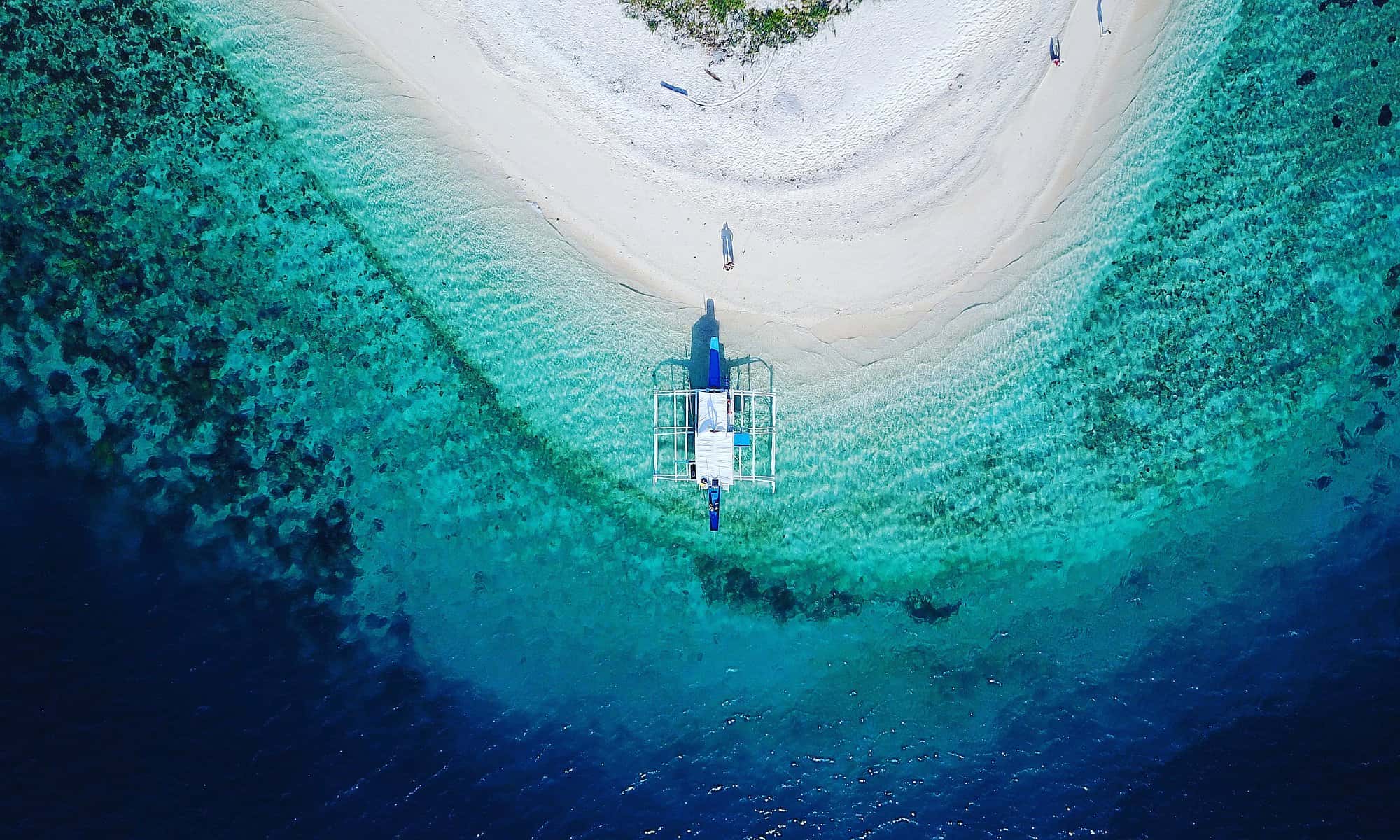
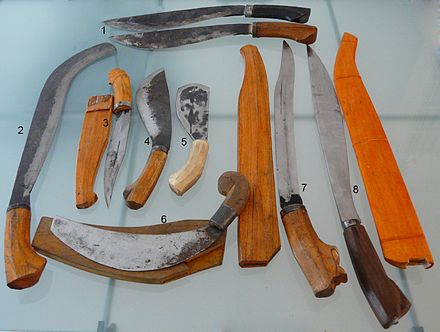
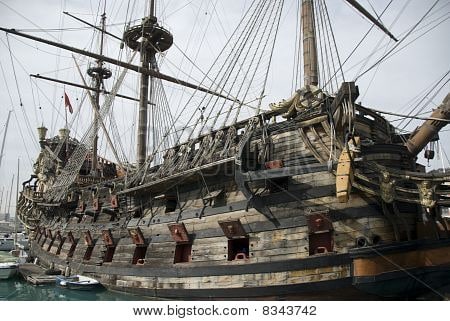
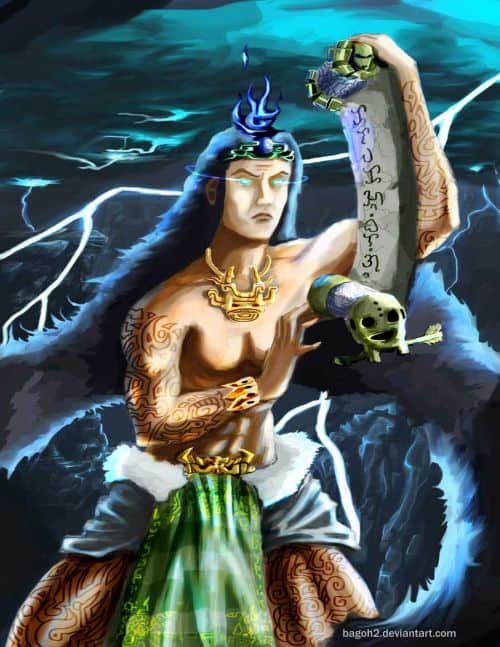
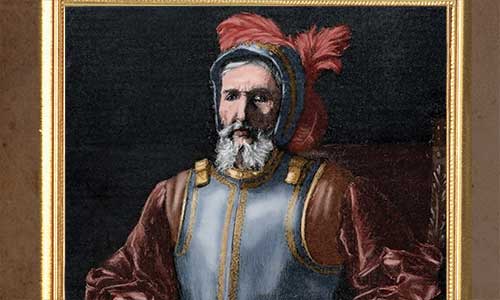
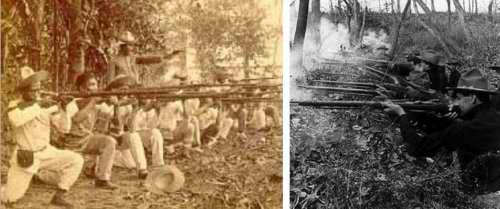

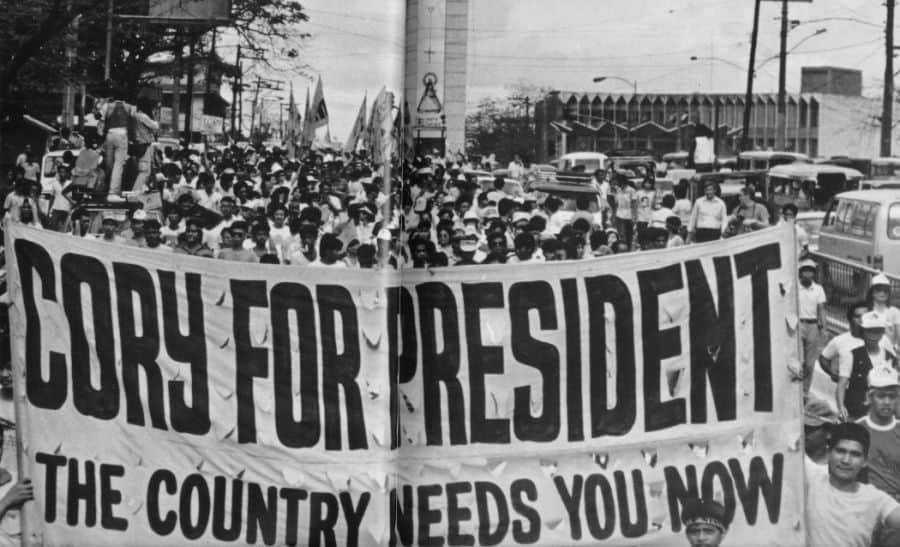

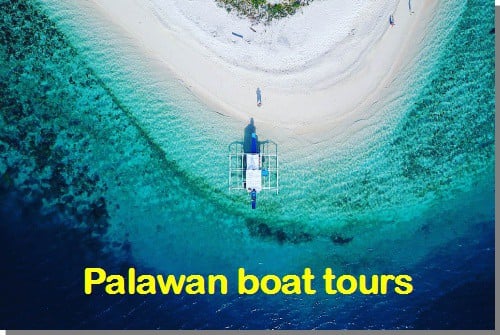
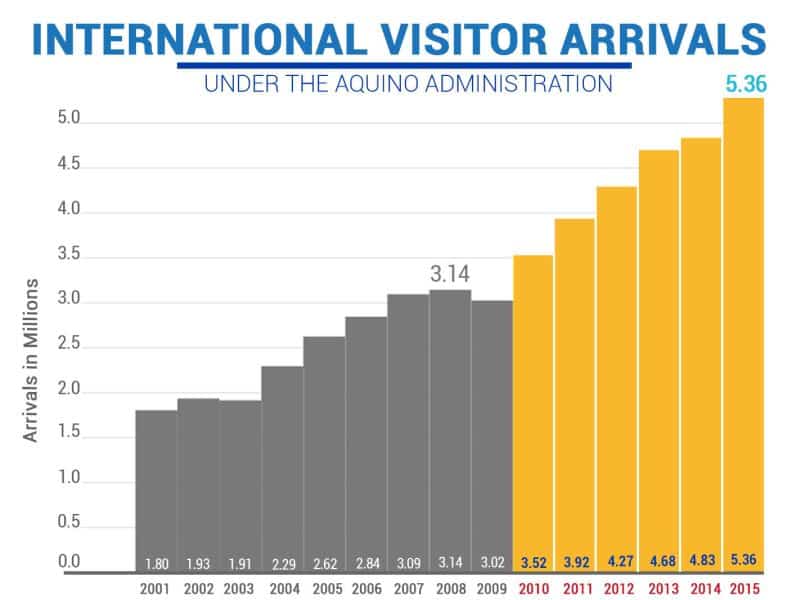
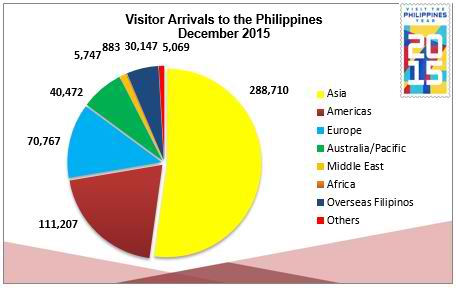

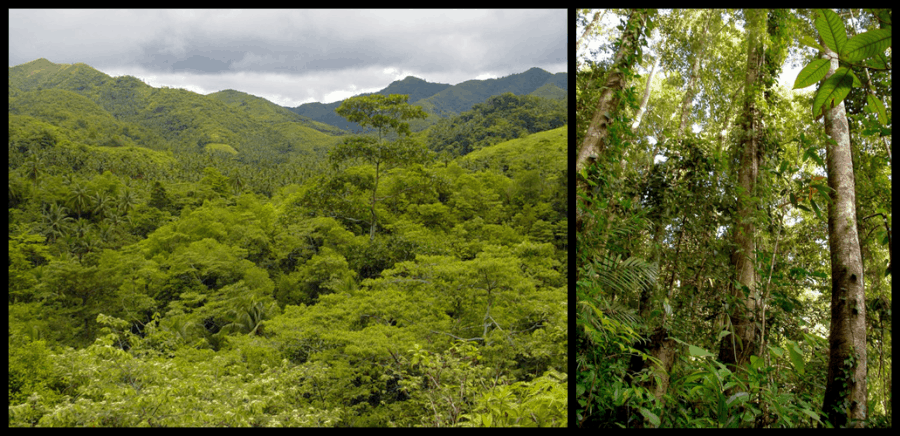

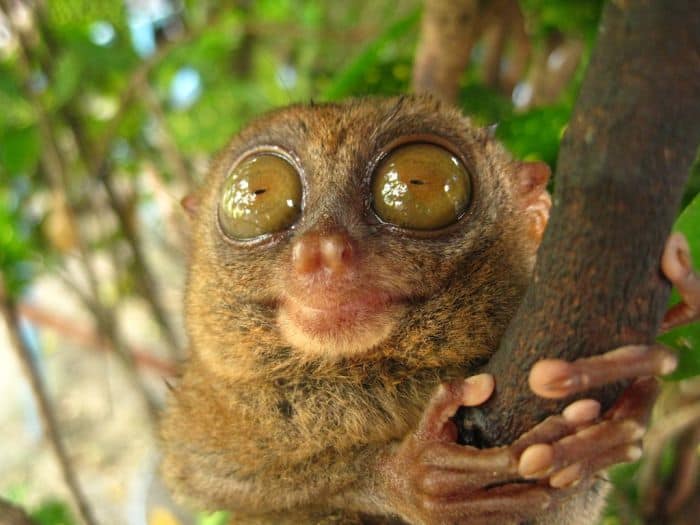
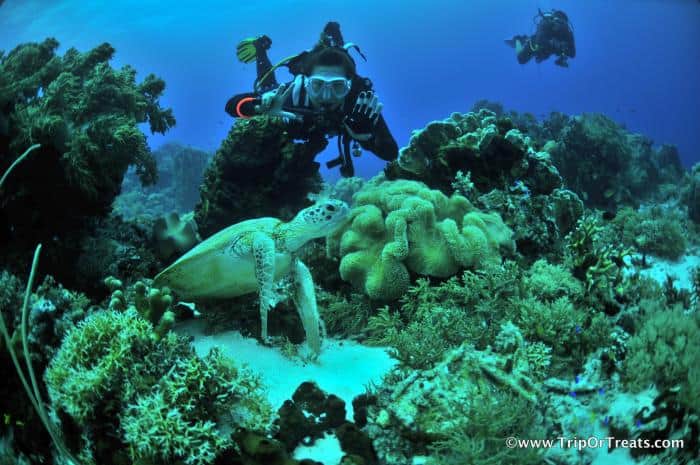
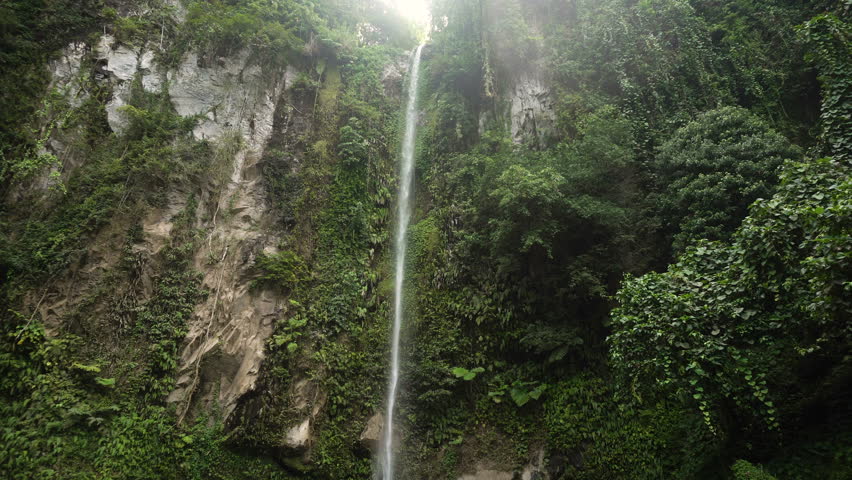
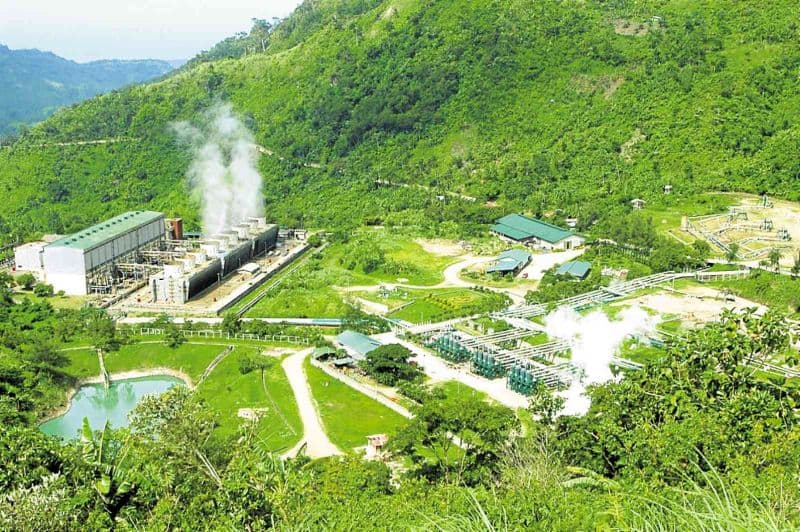
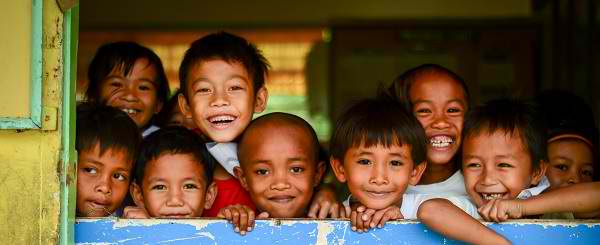
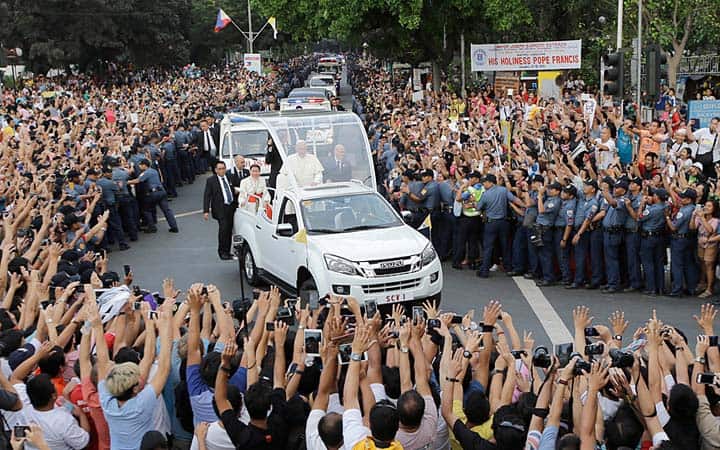
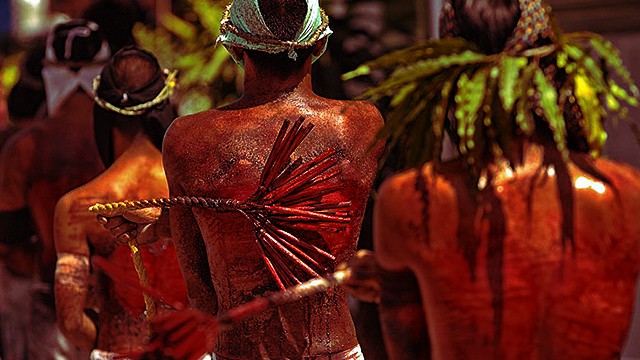
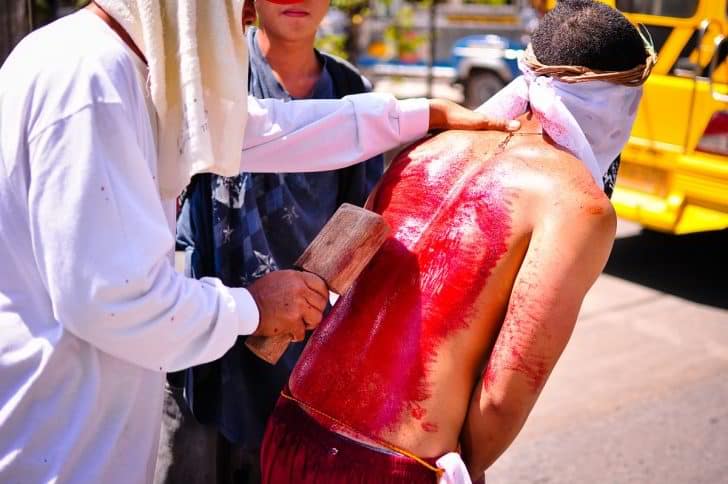
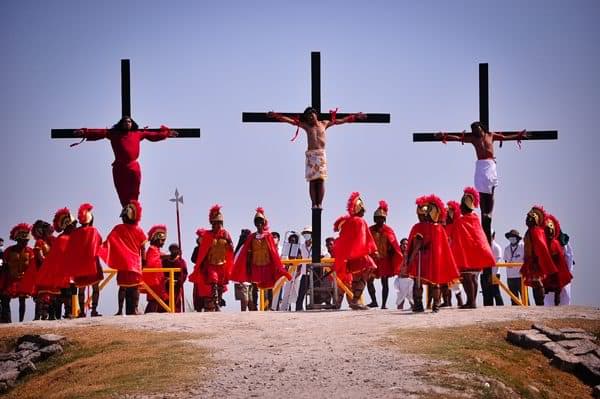
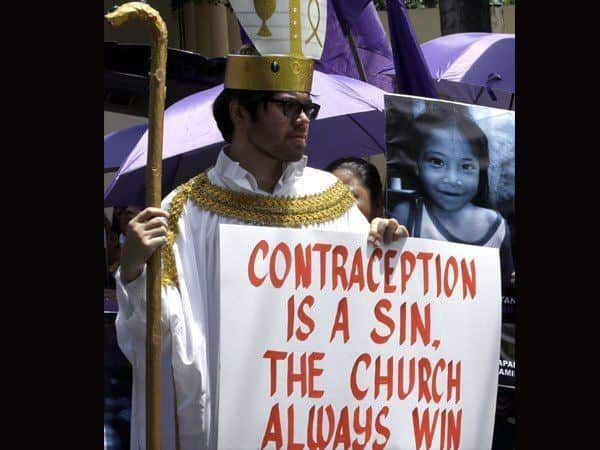
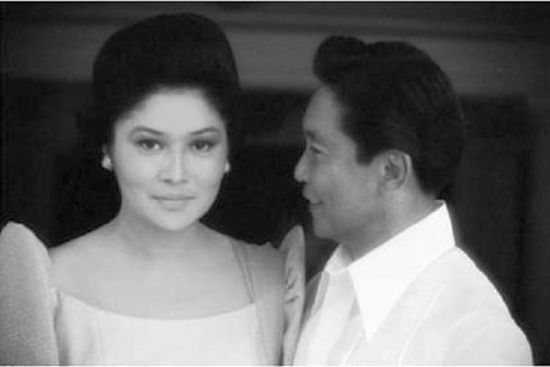
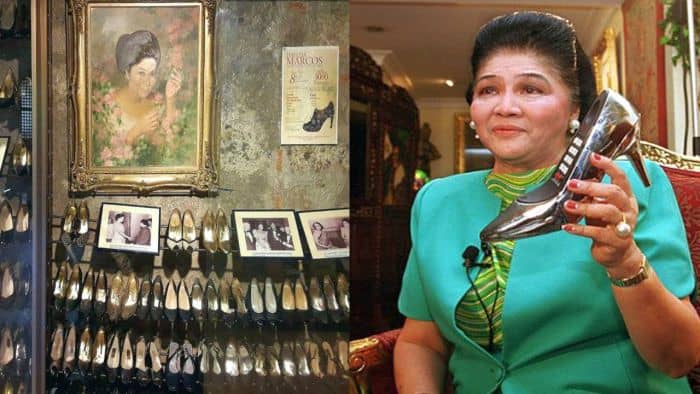
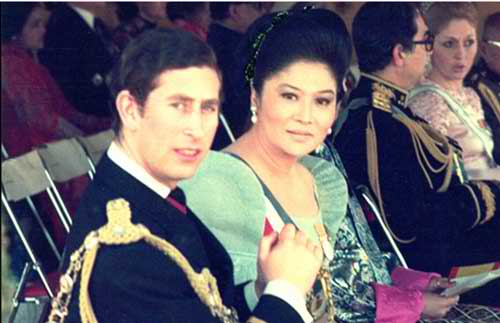
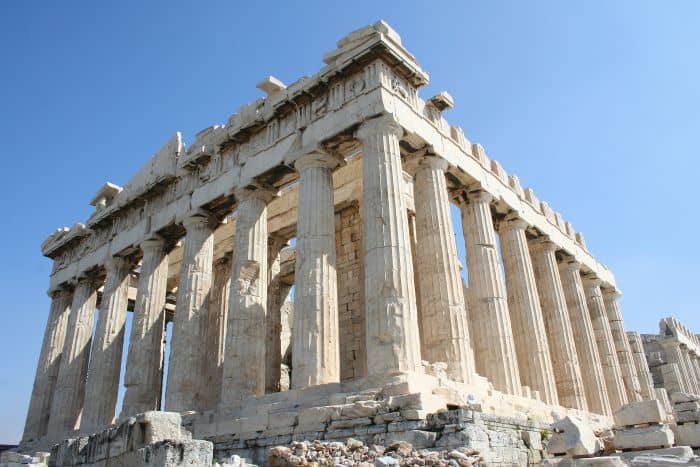
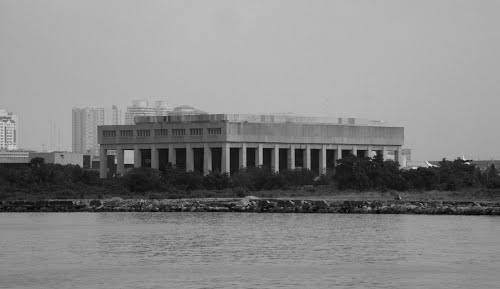
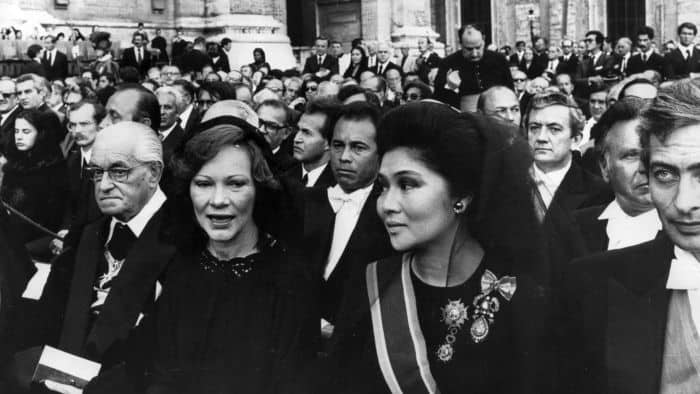

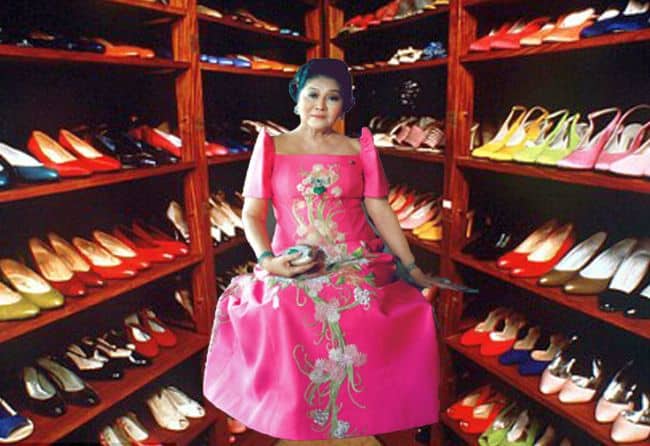

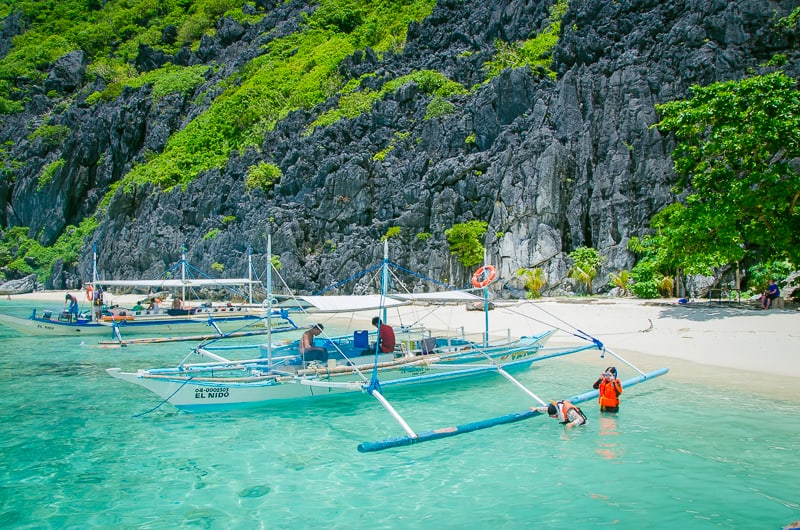


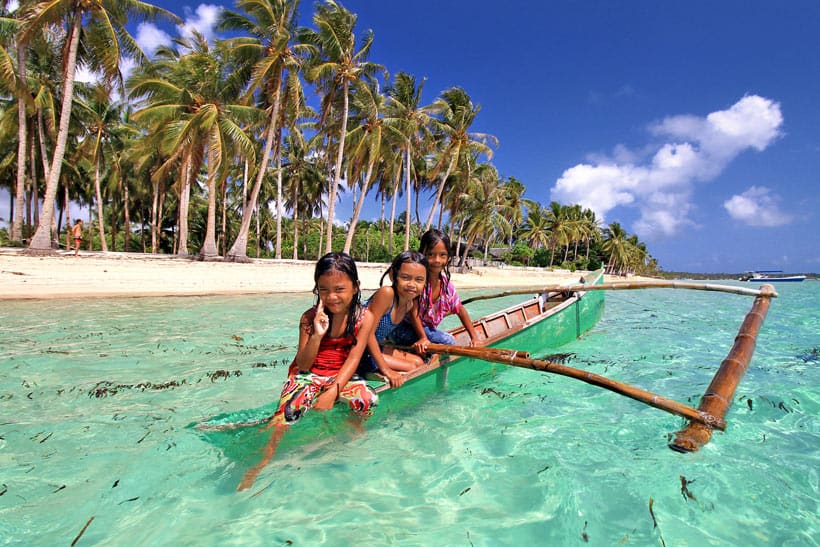

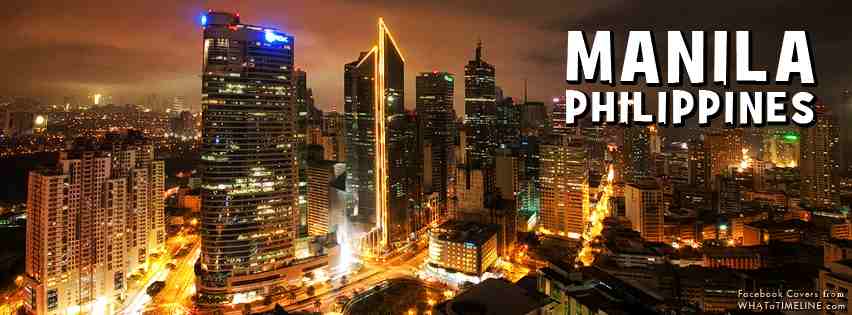
so very beautiful,and romantic.i could go there and never ever wanted to leave,ITS PARIDASE!!!!
ITS PARIDASE!!!